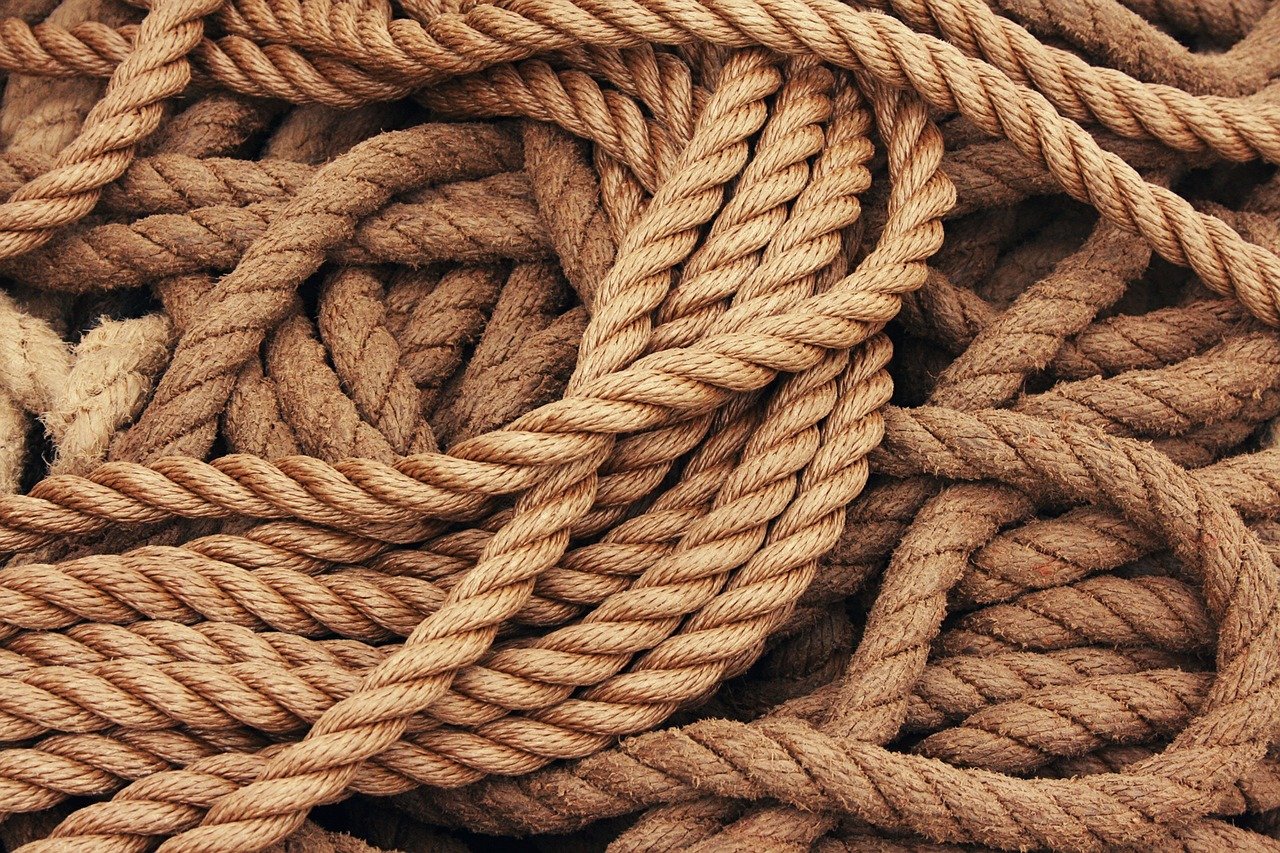It is important to be armed with the right gear if you are planning to venture outdoors. While several items should be a part of your kit, one of the most essential is a rope. Being multi-purpose and versatile, ropes can be important to ensuring your survival in the wild, regardless of whether you are on a camping trip with the kids, navigating the Amazon, or climbing the Alps. However, you must choose the right kind of rope from the large variety available.
Natural Fibers vs. Synthetic
The very first ropes were made from natural fibers like coir, cotton, flax, and hemp. However, because they generally tend to be heavier and weaker than ropes made from synthetic fibers, they have become less popular over time. Also, their propensity to rot when exposed to dampness and harden with time goes against them. Most of the ropes recommended for outdoor use are made from synthetic materials. Some of the most popular being:
Polypropylene
Because of its low cost, polypropylene is among the most popular materials for the manufacture of ropes. For its weight, it is very strong but it is not abrasion, heat, or UV-resistant, which limits its life. However, for water activities, it can be a good choice because it does not rot or develop mold and mildew. Once stretched, polypropylene ropes cannot return to their original size. Ravenox Ropes has one of the largest selections of polypropylene ropes.
Polyester
Of all the kinds of ropes available, polyester tops the list due to its heat, abrasion, and UV resistance. Unfortunately, these qualities also make it the most expensive. Though it is not as strong as nylon, it is popular because when wet it does not lose strength. Polyester ropes are ideal for applications like dock lines, lifting slings, climbing ropes, etc., all of which do not involve stretching.
Nylon
Easily one of the most popular rope materials, nylon ropes are very durable because of their abrasion and UV resistance. They also do not rot when exposed to water and possess good chemical resistance. They are favored for their weight-bearing properties due to their strength and elasticity, however, when wet, they tend to lose around 15% of their strength. Another reason why you may reconsider using nylon ropes in water is that they are dense and will sink in water. Nylon ropes are ideal for use in pulleys and winches, towing lines, dock lines, etc.
Kevlar
Invented in 1965 by DuPont, it remains one of the strongest rope materials even today. According to ExplainThatStuff, Kevlar is five times stronger than steel on the same weight basis. Kevlar has the advantage of being resistant to rust, flame, cold temperatures, chemicals, stretching, cuts, and chemicals. However, it is not resistant to UV-rays or heat above 160 degrees Celsius. It is ideal for applications in freezing weather as it becomes stronger in the cold. Kevlar ropes find use in applications that require stability in freezing temperatures like mooring lines and winch lines.
Conclusion
To the layperson, a rope is uncomplicated, however, for outdoor applications, the choice of a rope can make a world of difference in your ability to do something or survive.
This is a Contributor Post. Opinions expressed here are opinions of the Contributor. Influencive does not endorse or review brands mentioned; does not and cannot investigate relationships with brands, products, and people mentioned and is up to the Contributor to disclose. Contributors, amongst other accounts and articles may be professional fee-based.

